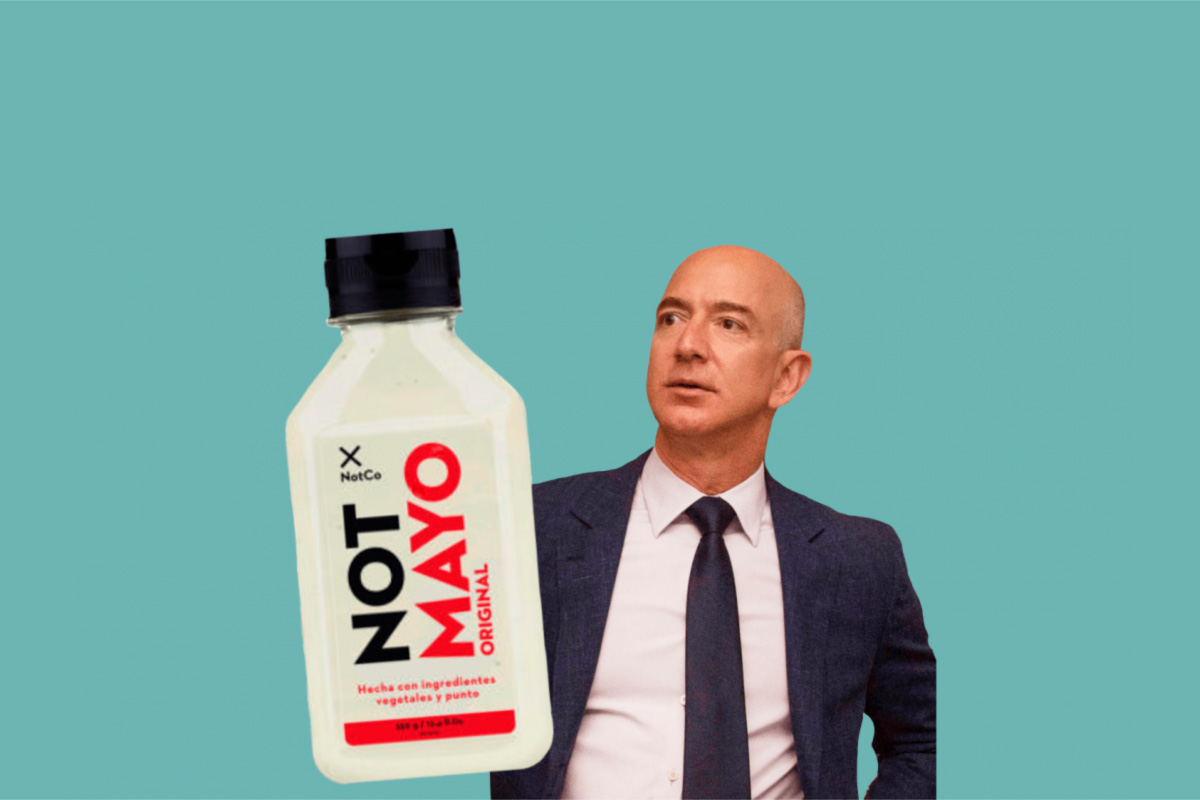At the COP28 conference late last year, regeneration emerged as a focus for business leaders. Regenerative businesses aim to improve ecosystems and communities, rather than simply minimize harm to them. It’s no wonder it’s a hot topic — the science is screaming at us that the track we’re on is not good enough to prevent further catastrophic effects from climate change. According to the Stockholm Resilience Centre, we’ve already crossed six of the nine planetary boundaries, “processes that are critical for maintaining the stability and resilience of [the] Earth system as a whole.”
We’re beyond a point where we can merely aim to do less bad. We need to actively regenerate the areas that have experienced significant degradation.
But in this rapidly expanding, philosophically attractive, and still unsettled space of regenerative business, those who want to take action on regeneration are working from many definitions and approaches. How can companies, suppliers, and consumers know what meaningful regeneration practice looks like, and how can we collectively and fiercely protect against regeneration-washing at a time when we know some companies are talking the talk rather than walking the walk when it comes to sustainability?
In this article, we’ll unpack some of the competing definitions of regeneration and show how certifications can help organizations ensure their regeneration strategies and practices support a truly regenerative future.
The Current Regeneration Landscape
There are currently several definitions of regeneration. For example, the University of Oxford Regenerative Economy Lab, the institution two of the authors work for, defines regenerative business as explicitly oriented toward positive contributions to the environment and society. This includes contributing to systems-level change through practices that are carbon positive (i.e., exceeding net zero), nature positive (i.e., increasing biodiversity), and people positive (i.e., that improve societal well-being). And the Food and Agriculture Organization of the United Nations defines regenerative agriculture as “an inclusive agroecosystems approach for conserving land and soil, biodiversity, and improving ecosystem services within farming systems.” Natura &Co, the organization where two of the authors work, is advocating for a clear definition of regeneration because we believe it’s critical for businesses to join together to build a regenerative future, and we don’t want to see regeneration-washing slow down the process.
In looking at the various definitions of the term regeneration, a few consistent threads emerge. Regeneration is about:
- A change in mindset anchored in the need to go beyond sustainability
- Creating positive value for people, nature, and climate through both strategy and practice — as well as recognizing the opportunity to generate multiple impacts simultaneously across all three of these elements
- Recognizing the need for system-level change
Alongside the variety of definitions is a range of frameworks and certifications designed to help businesses determine which strategies can help them achieve a regenerative future. Frameworks provide a structure for thinking about which processes need to be followed and which decisions need to be made to achieve an intended outcome. The Ellen MacArthur Foundation’s butterfly framework, for example, shows the need to move from a linear take-make-waste economic model to a circular one that accounts for both biological and technical cycles.
Certifications, which can help prevent regeneration-washing by providing legitimacy, enable organizations to align with predetermined standards and require them to provide evidence that they’re doing so. While strong frameworks can support the transition to regenerative business by helping set the direction of travel, actually engaging in a certification process requires capacity and resources. Certifications have an important role to play in building trust, as well as understanding regenerative best practices thanks to expert research.
We’ve tracked a selection of eight regeneration certifications and mapped them across three overlapping levels:
- Business-level certifications: These certify entire companies, not just their products. Currently, brands selling only regenerative products exist, but we’ve yet to uncover any fully regenerative businesses in our research.
- Product-level certifications: These certify specific products as produced or used following regenerative principles and practices, so the certification bodies tend to work with companies, rather than farmers or producers. There can be an overlap with the third certification level.
- Ingredient-/site-level certifications: These certifying bodies tend to work directly with farmers, rather than companies, to guarantee that a particular site or particular product ingredients/components are regenerative.

Guiding Questions for Business Leaders
In doing this initial mapping, we uncovered many interesting insights, which we’ve synthesized into a series of four guiding questions aimed at helping business leaders choose which certifications to pursue:
Can the data submitted in the certification process be substantiated and verified by a third party, and not as part of a self-assessment? The data should be transparent, available for the public to see, and audited and verified annually.
Is the standard dynamic? There must be a spirit of continuous improvement embedded in the certification — after all, regeneration is based on the evolution of living systems, and a static certification fails to account for that. This could involve a regular process of updating the standards based on new research and deeper understanding of the issues, as well as a requirement for organizations to re-certify at specified intervals. Dynamic certification can thus accompany businesses through their regenerative transitions.
Does the certification include all three living systems? Half of the certifications we mapped only measure the climate and nature components of regeneration, leaving out social indicators. As regeneration moves to encompass more than just agricultural certifications, businesses should either pursue certifications that address social, climate, and nature systems, or have a portfolio of certifications that address all three when combined.
Is the certification focused on reinforcing an existing value chain, or does it understand, appreciate, and seek to build in principles of justice across different geographies? In our work, for example, we’ve seen organizations based in the Global North set the conditions and standards for these certifications, which then are pushed to Global South regions. A well-designed certification recognizes this power imbalance and actively works to create a truly global approach, which might require flexibility when adapting to the needs of local communities and environments.
The questions can also be the starting point for deepening a sense of community and partnership among regenerative practitioners. At Natura &Co, we’ve been working with one of the standard-setters, UEBT, which provides ingredient-level certifications and promotes “Biodiversity Action Plans that include regenerative impact indicators to monitor progress toward biodiversity regeneration and restoration.” As part of a pilot, UEBT evaluated Natura &Co’s use of five native species and two production systems, as well as its partnership with wild collectors (with more than 200,000 hectares of land) and 14,000 farmers.
The evaluation and outcomes resulting from the certification process provided a starting point for Natura &Co to create a workplan with clear initiatives and deadlines for each key ingredient, taking into account the local communities and farmers’ reality. UEBT only grants the certification when the company has achieved a minimum score across eight key indicators:
- Conservation and enhancement of biodiversity
- Resilient crops and collected species
- Soil health
- Water conservation
- Use of agrochemicals
- Energy use optimization and greenhouse gas emission reduction
- Waste management
- Living wages and income
Addressing the climate crisis can feel like an impossible mountain to climb. The very concept of regeneration embraces a more positive approach to the problem. It’s about awakening creativity and innovation and imagining new ways of doing things. It takes innovators, academics, practitioners, and policymakers into a space not solely rooted in technical fixes. It’s about setting alight new mindsets that can activate a socio-ecologically integrated society.
We hope to see a move from a fragmented landscape of regeneration definitions and standards toward a “movement of movements,” where the range of different certifications become more clearly defined pieces of a puzzle that fit together to form the regenerative future we all want to see. The questions we’ve suggested can help businesses avoid regeneration washing and instead support the emergence of a truly regenerative future.













